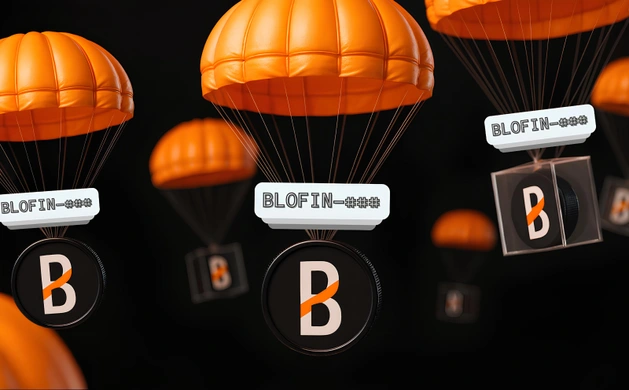Umbra Privacy on Solana Explained: Guide to Crypto Anonymity
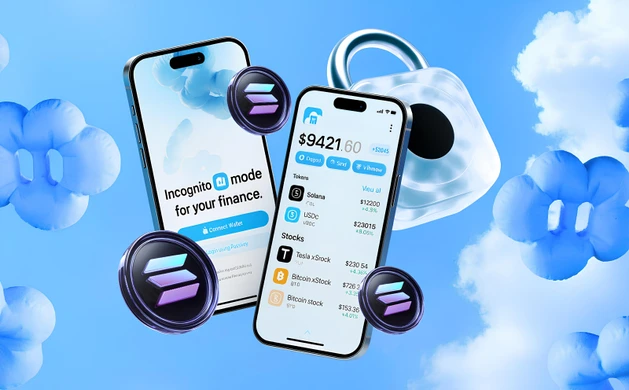
Summary: Umbra Privacy is a new crypto protocol built on Solana that lets users send, receive, and store digital assets without exposing wallet histories or transaction details publicly.
Designed to make privacy effortless and secure, it introduces hidden transfers, encrypted balances, and compliance tools for individuals, developers, and institutions who seek anonymity onchain.
Umbra Privacy is the Incognito Mode on Solana, bringing encrypted, unlinkable, and compliant private transactions to users, developers, and institutions.
Current Stage
Devnet Open Beta: Mobile + Web
Supported Networks
Solana, Arcium MPC Network
Top Feature
Anonymous Crypto Transfers
What is Umbra Privacy on Solana?
Umbra Privacy on Solana is a cryptographic protocol that enables confidential, unlinkable, and auditable transactions using zero-knowledge proofs. It keeps transaction details like sender, receiver, and amount encrypted while maintaining public verifiability on the Solana blockchain.
Built on Solana’s high-speed infrastructure, Umbra uses Arcium’s multiparty computation network to encrypt transaction data before it reaches the chain. This gives users full onchain anonymity: hiding identities, balances, and transaction flows, while still preserving Solana’s native speed and low fees.
Umbra’s compliance system adds encrypted wallet registration and optional viewing keys for selective data disclosure. The protocol is currently live on devnet, allowing users and developers to test private transfers before mainnet launch within a safe, simulated environment.

How Does Umbra Work?
Umbra works by combining cryptographic address generation, shielded transactions, and encrypted balances to deliver complete onchain financial privacy on Solana.
At a high level, it relies on several key components that work together like this:
- Umbra Addresses: Deterministically generated Solana addresses derived from a single wallet signature, appearing as normal wallets but cryptographically unlinkable from one another.
- Master Seed: A one-time signature from the user’s main wallet that securely generates all Umbra keys and private addresses without extra backups.
- Shielded Pool: A privacy vault where deposits are mixed, preventing anyone from tracing the flow of tokens between senders and receivers.
- Zero-Knowledge Proofs: Mathematical proofs that confirm ownership or validity of funds without revealing transaction amounts or wallet identities.
- Relayer Network: Independent operators who submit transactions on behalf of users, covering gas fees and removing traceable funding patterns.
- Encrypted Balances: User balances are stored onchain as encrypted data, readable only through local decryption by the wallet owner.
- Multi-Party Computation (MPC): A distributed system that processes encrypted data, ensuring updates and transfers remain confidential even during computation.
- Compliance Framework: Optional viewing keys and encrypted registration mechanisms that allow lawful audits while preserving individual privacy.
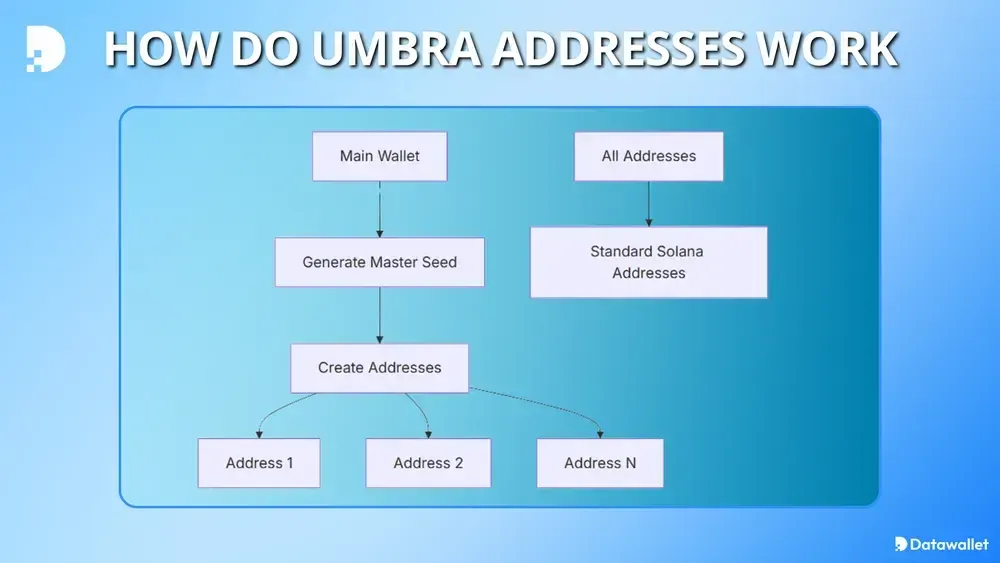
How To Use Umbra on Solana
Umbra is currently available on Devnet through its web dashboard and open beta mobile app for iOS and Android. Users can experiment with private Solana transactions today, testing the full privacy experience before the upcoming mainnet rollout.
On the Umbra mobile app, users can:
- Wallet Connection: Use wallets that support Devnet mode such as Phantom, Solflare, or Backpack, and switch to Devnet before connecting.
- Umbra Addresses: Request or generate test Umbra Addresses through the official Umbra Privacy Discord to enable private transfers.
- Private Transfers: Send and receive tokens confidentially between Umbra Addresses, keeping transaction data hidden from explorers like Solscan.
- Built-In Faucet: Access Devnet SOL directly within the app or via beta-faucet.umbraprivacy.com to cover test transactions.
- QR Integration: Scan and share QR codes that contain Umbra Addresses for quick, private wallet-to-wallet transfers.
- Interface Features: Test dark mode, private transaction history, and a mobile-first layout built for fast, secure experimentation.
When Umbra launches on mainnet, users will gain full private transfer capability across any Solana address. The update will also enable cross-dApp privacy and enterprise-grade compliance tools for regulated, confidential transactions.
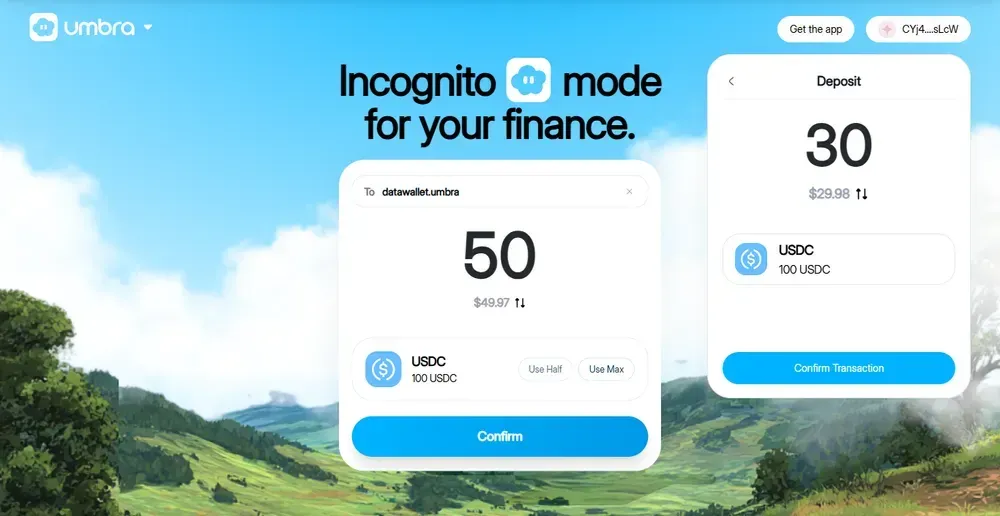
Use Cases of Umbra Privacy
Umbra extends beyond a privacy wallet; it is a modular layer that enables confidential transactions across users, businesses, and decentralized applications. By encrypting both transaction linkage and amounts, it unlocks new possibilities for secure, private, and compliant financial activity on Solana.
1. Private Payments and Everyday Transfers
Umbra allows users to send and receive SOL or SPL tokens without exposing transaction histories, balances, or wallet connections on blockchain explorers like Solscan. This protects users’ financial activity from public analysis while ensuring transfers remain fully verifiable onchain.
Individuals can receive salaries, donations, or service payments without disclosing income streams or account structures. It provides an essential privacy layer for anyone who wants secure, censorship-resistant digital cash on Solana.
2. Confidential DeFi and Trading
Umbra integrates perfectly with DeFi protocols, enabling traders to operate privately without leaking strategy, wallet size, or entry positions. By depositing through Umbra’s shielded pool, users can mask movements before interacting with decentralized exchanges or liquidity pools.
This prevents onchain tracking, MEV front-running, and competitive data exploitation, protecting high-value traders and institutions from predatory market behavior. Umbra effectively turns DeFi execution into a private trading environment while preserving auditability and compliance readiness.
3. Private Treasury and Business Operations
For DAOs, startups, and enterprises, Umbra provides a secure framework to manage treasuries and financial operations without public exposure. Organizations can distribute payroll, grants, or supplier payments privately while still complying with onchain recordkeeping requirements.
By shielding internal cash flows, Umbra reduces risks of governance attacks, speculation, or market manipulation tied to visible treasury movements. This creates a safer operating environment for teams managing large or sensitive capital allocations.
4. Developer Integration and Privacy SDK
Developers can integrate Umbra’s SDK to embed confidential transfers, balances, and payments directly into their own Solana-based applications. The SDK simplifies privacy adoption, allowing new and existing dApps to offer users full transaction confidentiality with minimal development overhead.
This creates a composable privacy infrastructure across the ecosystem: Solana wallets, DeFi apps, and onchain games can all inherit Umbra’s encrypted transaction framework. It turns privacy into a native feature of Solana’s decentralized economy rather than a separate product.
5. Institutional and Compliance-Driven Use
Umbra’s compliance-ready design enables businesses and organizations to engage in onchain activity while meeting privacy and audit standards. Through encrypted wallet registration and optional viewing keys, authorized parties can verify transactions when legally required.
This dual-layer approach makes Umbra uniquely suited for fund managers, custodians, and payment providers seeking privacy without regulatory risk. It bridges the gap between institutional compliance and the decentralized, permissionless nature of Solana finance.
UMBRA Tokenomics
The UMBRA token underpins the Umbra Privacy ecosystem, created to balance fairness, governance, and sustainable value creation. With a fixed total supply of 28.5 million tokens, the distribution ensures deep liquidity, long-term alignment, and transparent community ownership.
At launch, the token supply is allocated across the following key categories:
- ICO Supply: 10 million tokens released through a public sale at a single fixed price, guaranteeing equal participation and transparent price discovery for all contributors.
- Liquidity Pool: 5 million tokens dedicated to liquidity provision, with 2 million paired with 20% of raised funds and 3 million deployed as single-sided liquidity on Meteora to stabilize early trading.
- Team and Early Backers: 13.5 million tokens locked for 18 months, unlocking gradually through milestone-based performance metrics tied to protocol growth.
Governance and sustainability are built into Umbra’s foundation. Control of funds and liquidity transitions to a DAO, while a $34,000 monthly operating budget and fee-based revenue model ensure transparent development, continuous audits, and long-term ecosystem growth.
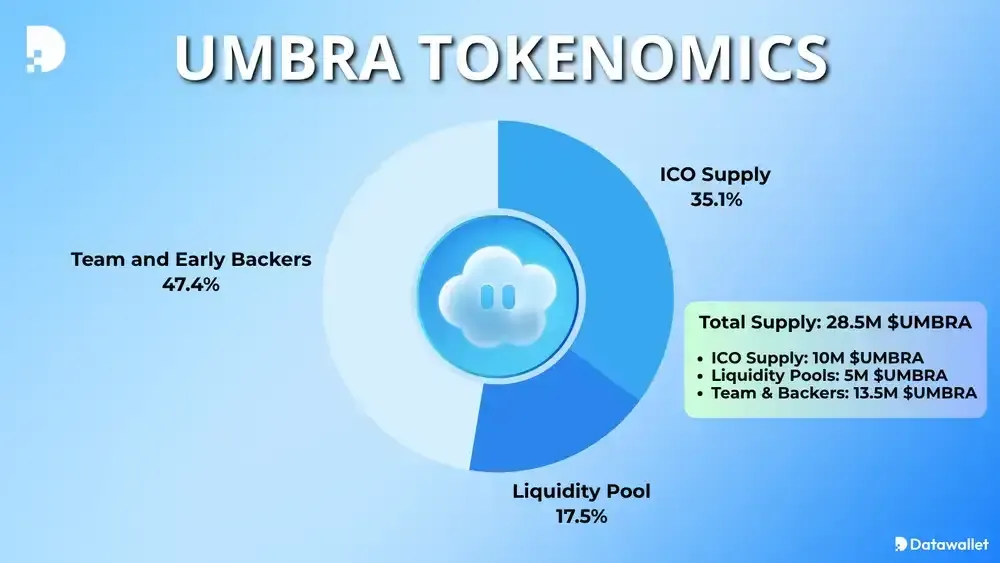
Benefits and Risks of Umbra
Umbra introduces advanced privacy infrastructure to Solana, giving users, developers, and institutions secure control over their onchain financial data. Like any new decentralized protocol, it presents unique advantages as well as considerations tied to its early-stage development and regulations.
Advantages of Umbra Privacy
Umbra delivers full financial privacy on Solana through encrypted transactions that hide wallet identities, balances, and transfer amounts. This ensures users can transact securely without sacrificing the transparency and auditability that make public blockchains trustworthy.
Its architecture supports composable privacy for DeFi, DAOs, and businesses, allowing smooth integration through the Umbra SDK. The compliance-ready framework with viewing keys and DAO governance makes it suitable for both retail users and regulated financial entities.
Drawbacks of Umbra Privacy
As a protocol still in its Devnet phase, Umbra carries the usual technical risks of early-stage infrastructure, including potential smart contract bugs and evolving feature stability. Users should exercise caution when testing and avoid committing large assets until mainnet security audits are finalized.
The inclusion of compliance and audit mechanisms introduces possible regulatory dependencies that may evolve with jurisdictional standards. Additionally, liquidity and market activity may remain limited initially, impacting token stability and usability during early adoption.
Umbra vs Alternative Privacy Protocols
Umbra sets itself apart from mixers and PDA-based privacy systems by delivering complete, multi-layered confidentiality across transaction links, amounts, and balances. It achieves this through encrypted state management and zero-knowledge proofs rather than basic fund-mixing or denomination systems.
Mixers and PDA-based designs often suffer from high costs, limited scalability, and traceable onchain patterns. Umbra solves these issues through a shared-state architecture and gasless relayer network, offering reliable privacy suitable for both everyday users and regulated financial participants.
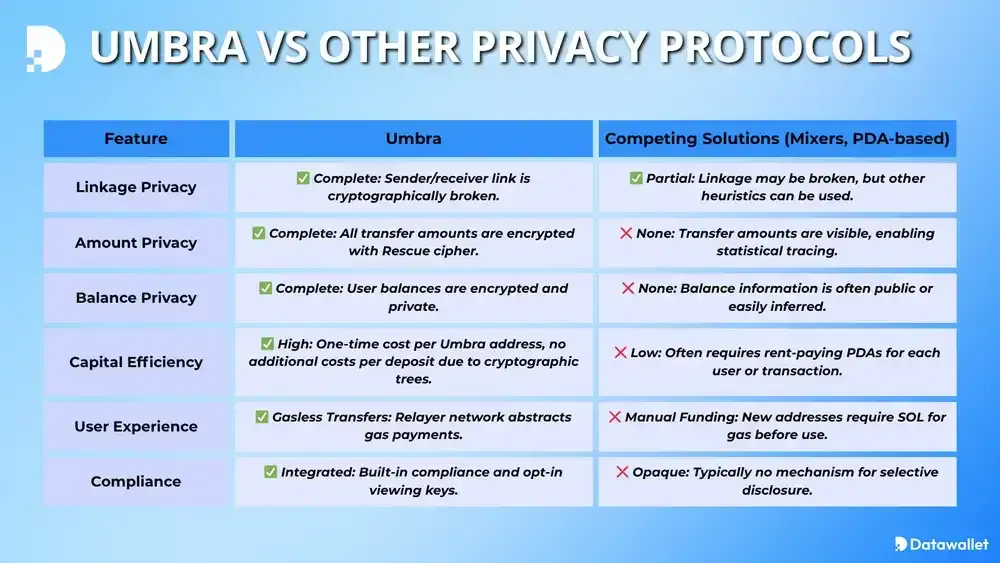
Umbra Privacy Founders
The Umbra Privacy protocol was incubated by Arcium and led by a pseudonymous founder known as Kru, who publicly announced the project’s launch and token raise.
The broader founding team remains intentionally low-profile, emphasizing Umbra’s decentralized and DAO-driven governance model over traditional founder-led branding.
Umbra Protocol Funding
Umbra’s ICO (Initial Coin Offering) on MetaDAO raised roughly $155 million in commitments, far exceeding its $3 million target. Due to heavy oversubscription, participants ultimately received only around two percent of their intended allocation, with the remainder refunded.
The raised funds are allocated toward protocol development, including the mobile app, Zcash-Solana bridge, and extensive security audits. Umbra maintains a lean operational budget of $34,000 per month, using a futarchy-based structure to align spending with transparent, performance-driven governance.
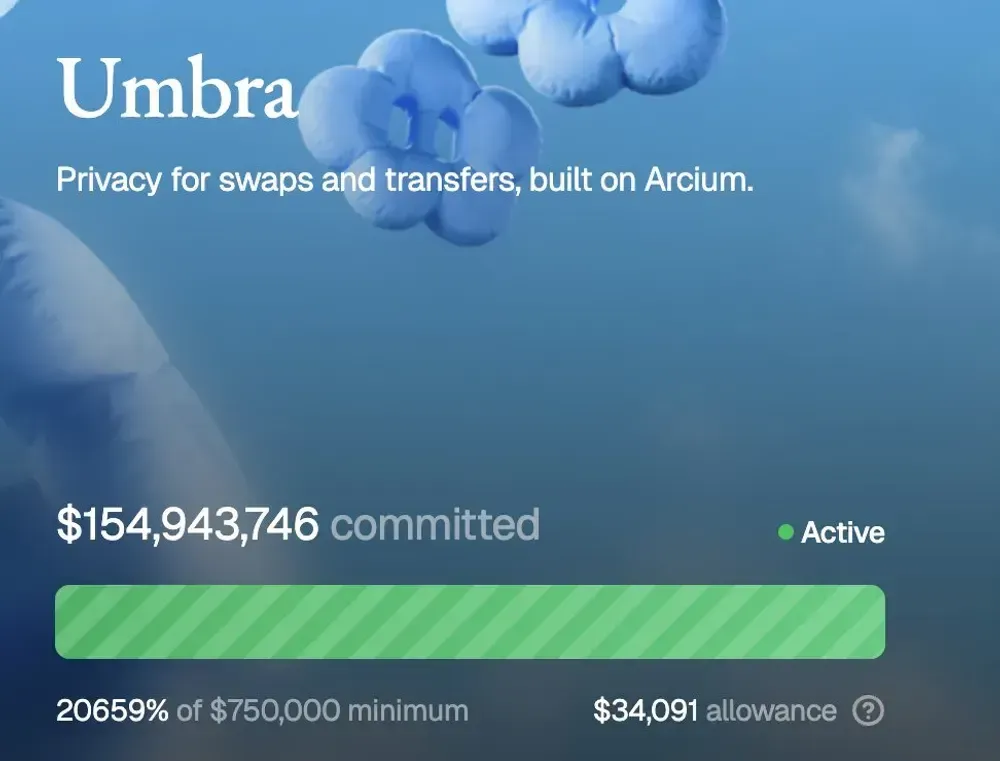
Final Thoughts
For new users entering crypto, Umbra simplifies onboarding by making private, secure transactions feel as natural and effortless as using a familiar financial app.
Meanwhile, traders and DeFi participants gain true onchain discretion, protecting portfolio data and trading strategies while maintaining Solana’s hallmark performance and low transaction costs.
At the institutional level, Umbra delivers a compliance-ready privacy framework that safeguards sensitive operations, paving the way for large-scale blockchain adoption grounded in trust and confidentiality.
Frequently asked questions
Is Umbra Privacy open source?
Yes. The Umbra protocol is fully open source, allowing developers to audit, modify, and integrate its privacy tools directly into their own Solana-based applications.
Does Umbra support multiple assets beyond SOL?
Umbra is designed to handle all SPL tokens on Solana, enabling confidential transfers and private balances for stablecoins, governance tokens, and other ecosystem assets.
How does Umbra ensure recovery if a user loses access to their wallet?
Umbra uses deterministic key generation from a master seed, meaning all private Umbra Addresses can be regenerated using the user’s original Solana wallet recovery phrase.
Will Umbra expand beyond Solana in the future?
Yes. While built natively for Solana, Umbra’s architecture is chain-agnostic through its partnership with Arcium, enabling future expansion to additional blockchains supporting high-speed computation.
How is Umbra different from privacy coins or traditional mixers in terms of legality?
Unlike privacy coins or mixers that often operate in regulatory gray zones, Umbra is developed with programmable privacy and opt-in compliance tools. Its framework allows users to generate viewing keys for auditors or regulators, ensuring lawful transparency without compromising individual confidentiality.
.webp)
Written by
Jed Barker
Editor-in-Chief
Jed, a digital asset analyst since 2015, founded Datawallet to simplify crypto and decentralized finance. His background includes research roles in leading publications and a venture firm, reflecting his commitment to making complex financial concepts accessible.
.svg)
.webp)
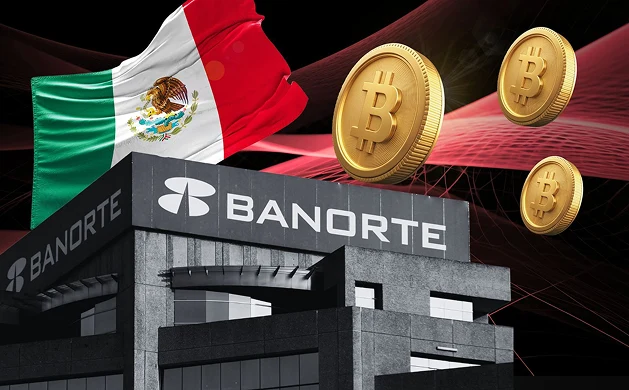
%25201%2520(1).webp)
